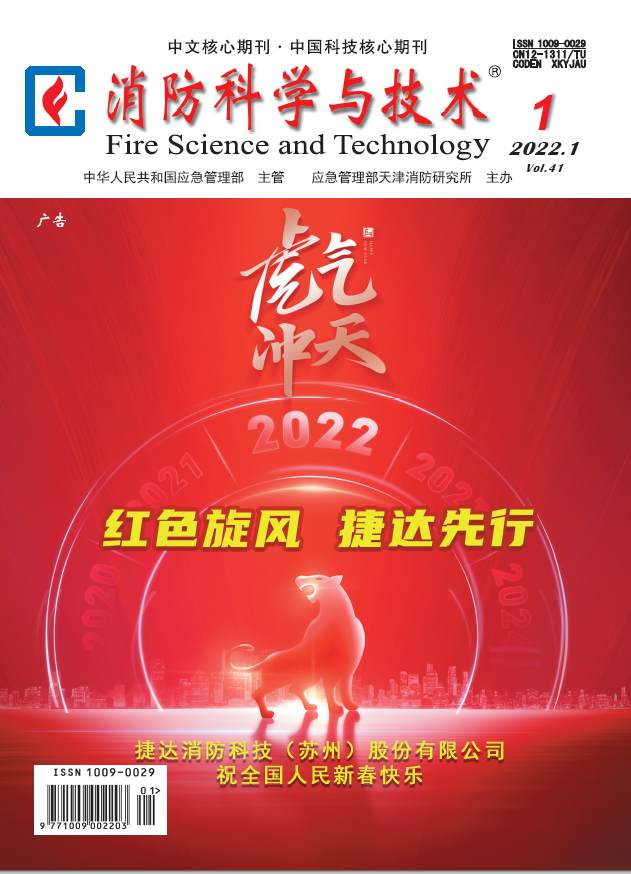|
|
Study on the fire risk of different varieties of rice in granary
WANG Jing-wen, QIU Shui-lai, SONG Lei, HU Yuan
2022, 41 (1):
62-66.
Food is the foundation of human survival, the basis of economic development of all countries, and an important guarantee for national security. China is a big country in food production, consumption, and reserve. Therefore, ensuring the safety of grain reserves is of great strategic significance for the development and security of China. Stored grain consisting of carbon, hydrogen, oxygen, nitrogen, and sulfur is easy to burn, and the burning process of stored grain produces a lot of heat and toxic smoke, capable of causing huge fire disaster. A cone calorimeter was used to study the combustion behavior of rice samples of different varieties in Anhui province, China. The cone calorimeter is mainly composed of five parts: analysis balance, sample tray, ignitor, conical heater, and oxygen analyzer. A tinfoil paper was placed at the bottom and side of a sample container to expose the upper surface of 100 mm×100 mm, and the sample container was kept 25 mm away from the bottom of the cone calorimeter. The combustion behavior of the samples was tested at different heat radiation intensities (25, 35, 45 and 55 kW/m2) to obtain the heat release rate, peak heat release rate, total heat release rate, total smoke production, time to ignition, fire performance index, and fire growth index. The laser Raman spectrometer was excited by the backscattering of 514.5 nm argon laser line, and the intensity ratio ID/IG in Raman spectroscopy was used to characterize the graphitization degree of the sample. The results showed that under the same thermal radiation intensity, the glutinous rice with the lowest flamer had highest smoke risk, whereas there was no significant difference between the japonica rice and indica rice at both risks. Under 25 kW/m2 of thermal radiation, the fire performance index value of glutinous rice was 2.1 s·m2/kW, which was 185.1% and 106.9% higher than that of japonica rice and indica rice, respectively. Meanwhile, the fire spread index value of the glutinous rice was the lowest (0.31 kW/(m2·s)), which was 64.0% and 55.7% lower than that of japonica rice and indica rice, respectively. Additionally, the total smoke production of glutinous rice was 23.9% and 15.1% higher than that of japonica rice and indica rice, respectively. With the increase in thermal radiation intensity (from 25 to 55 kW/m2), the time of ignition difference between samples decreased, and the peak heat release rate of rice samples increased from 100 to 180 kW/m2. The ID/IG value of glutinous rice was 3.1, which was much higher than that of indica and japonica, indicating that the graphitization degree of char residue for glutinous was low after combustion. The thermal radiation energy of glutinous rice accumulated a lot before ignition, and the accumulated heat energy was released after ignition, which promoted its full combustion in return. Those results reveal the flame and smoke hazards of rice with different varieties, and provide theory and data reference for fire risk prevention and control of grain storage depots. It is worth noting that the differences in physical structure and chemical composition for different kinds of grains (such as corn, wheat, and soybean, etc.) may also have different combustion mechanisms and evolution rules. Additionally, due to the differences in climate and environment of different regions, the composition and burning behavior of grain may also be different. We suggest that appropriate fire safety evaluation standards should be established for grain storage in different regions and varieties, which can provide an important reference for constructing a fire safety evaluation system for grain storage in China.
References |
Related Articles |
Metrics
|



